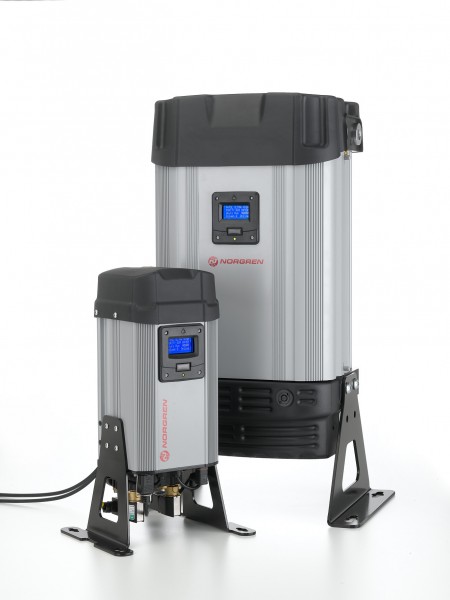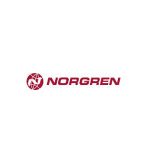Clean, dry air for a safe, efficient and profitable operation
Compressed air is a safe and reliable power source that is widely used throughout industry. Known as the fourth utility, compressed air is used by approximately 90 per cent of all manufacturing companies in some aspect of their operations.
However, unlike other utilities, compressed air is generated on site and its quality and cost are the responsibility of the user. This means the user needs to be aware of potential pitfalls that can affect the quality of air delivered, the major one being the presence of contaminants.
In most process engineering applications, compressed air purity is critical and contaminants in the air must be removed or reduced to acceptable levels. In the UK this is governed by ISO8573 which specifies requirements for air dryness and purity.
There are many different types of desiccant dryers on the market and choice can influence performance.
The problem of Attrition in compressed air applications
Perhaps the major factor affecting the loss of dryer performance is attrition – the loss of drying efficiency resulting from the breakdown of the desiccant material, which is in the form of beads.
Of key importance is the method used to fill the cartridge. ‘Tip and pour’ methods result in a loose fill and can hinder the efficient channeling of air through the desiccant, preventing some of the material from being used for drying while also allowing the desiccant beads a higher degree of movement relative to each other.
One way to help counter these problems is known as snowstorm filling. This requires the use of a specialist filling device which is optimised for the diameter of the cartridge being filled and the diameter of the desiccant bead. The method maximises packing density and minimises fluidisation of the desiccant bed to allow 100 per cent of the available desiccant to be used for drying. In restricting the relative movement between the desiccant beads, it will also lead to a reduced rate of attrition.
Another prime cause of attrition is uneven flow across the drying surfaces. Failure to ensure even flow will cause greater friction in some areas of the drying bed, accelerating its degeneration. Excessively high flow can also create issues, in terms of shock loading or overloading the drying bed. Not only can this have potentially disastrous physical effects on the dryer bed structure through the creation of voids, but the resulting loss of dewpoint will impact heavily on drying efficiency but also more importantly on the application, possibly leading to faulty, damaged or spoilt product. A further issue is the build-up of dust from the drying bed as it starts to break down, which again impacts on efficiency and can lead to premature blocking of filters and silencers.
The problem of excessive flow velocity can be addressed by re-pressurising the drying bed to negate the possibility of having a high pressure differential between the two ends of the drying bed on column change-over, while the introduction of a flow limiter or sonic nozzle will ensure the total flow of air through the dryer is not excessive and in doing so ensures the outlet dewpoint is not reduced. Meanwhile, excess dust can be prevented by adding an extra air filtration stage after one column is regenerated before regeneration of the other column commences. This avoids passing air that is heavy with dust into the second column. To minimise the impact of attrition and so ensure a longer life and maintain dewpoint performance, all of these elements should be incorporated into dryer design.

Desiccant air dryers for high-quality Compressed Air
Desiccant air dryers can provide a simple solution in applications where air quality is a critical factor. Designs vary significantly and it is important to ensure that the dryer is sized correctly, based on its outlet flow. Maintenance of silencers is critical to operation, since increasing back pressure as they block with desiccant dust will create a continually reducing volumetric flow of the purge air, leading to incomplete regeneration, sub-optimal performance and possible failure.
Modern dryers using the replaceable desiccant cartridge system typically now have additional safeguards built into them in the areas of flow management and filtration to prevent accidental misuse and deliver consistent and reliable operation.
Norgren are a leading supplier of ultra-high purity desiccant dryers.
Get the latest process industry news
Interested in receiving even more industry-leading news from Process Industry Forum delivered directly to your inbox? Then sign up to our free newsletter. Bringing you the latest news, trends, innovations and opinion from across the process industry, our exclusive newsletter gives you all the industry insights of the moment in one, easy-to-digest bulletin. Stay ahead of the competition with regular process industry news instalments from PIF.

